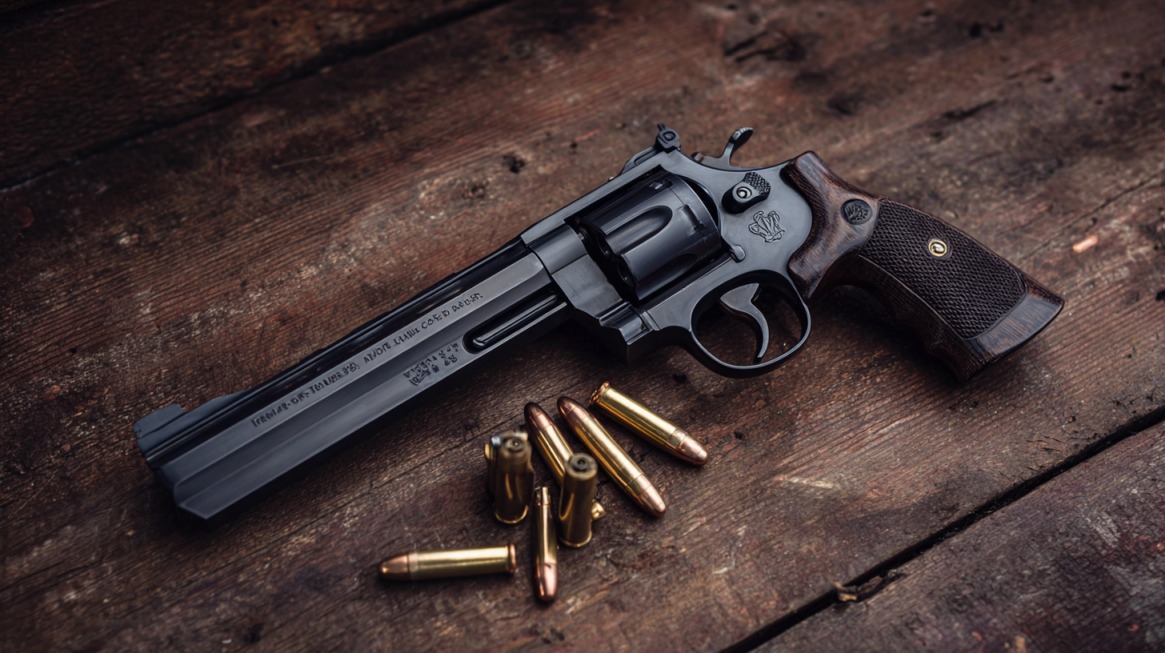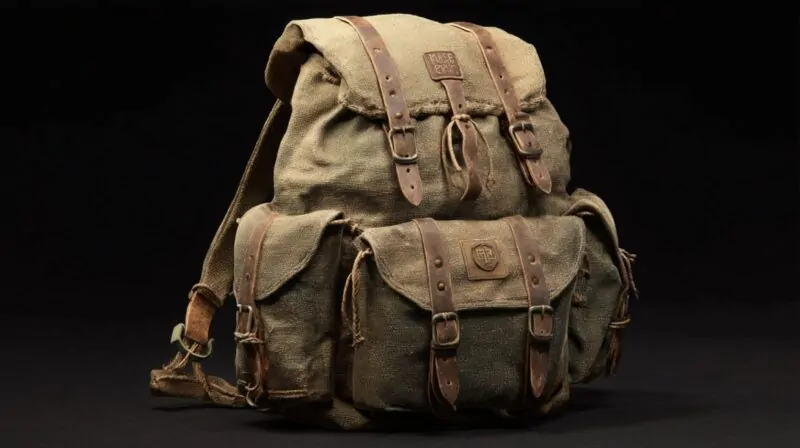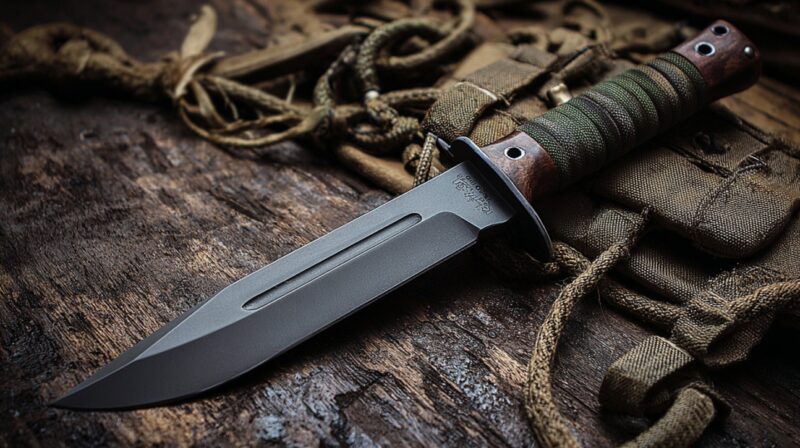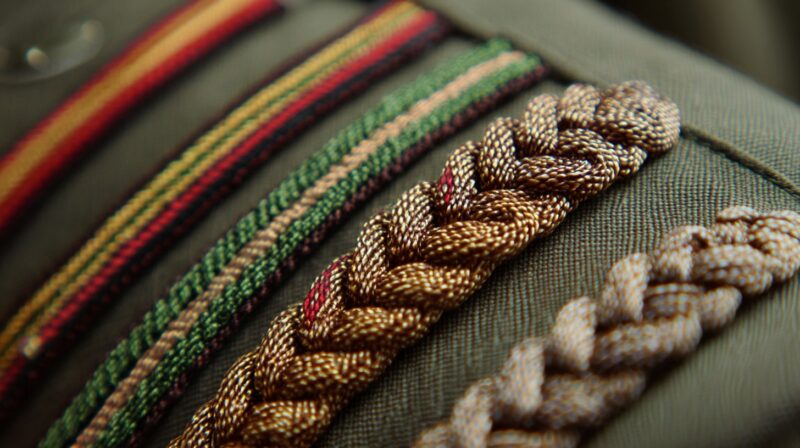Few cartridges have left as strong a mark on gun culture as the .44 Magnum. Known for its brute power and cinematic fame, it has become a symbol of handgun performance. Gun owners often see both “.44 Rem Mag” and “.44 Mag” on boxes of ammunition, product labels, or firearm manuals, leading to doubts about compatibility and differences.
Purpose here is to set the record straight by breaking down the terminology, history, performance, practical uses, and safety considerations.
Every shooter, from casual plinkers to seasoned hunters, will benefit from knowing what those words on the box really mean.
Table of Contents
ToggleAre They the Same? The Naming Confusion
.44 Rem Mag and .44 Mag refer to the same cartridge, with no variation in internal ballistics, external shape, or dimensions existing between the two.
.44 Remington Magnum is the formal designation given when the cartridge was first introduced. .44 Magnum, on the other hand, became the shorthand term used on firearms, in casual conversation, and by most shooters.
Branding and licensing play a major role here. “Remington” refers to the original ammunition manufacturer. Some gun makers and ammunition brands omit “Remington” to avoid using a competitor’s name or due to licensing limitations.
Using “.44 Mag” simplifies labeling and helps avoid brand confusion, making it the preferred shorthand in most retail settings.
.44 Magnum Development
Development of the .44 Magnum traces back to the 1940s and 1950s, when one man’s obsession with raw power and revolver performance reshaped handgun history.
Elmer Keith, a renowned gun writer, reloader, and wildcatter, was dissatisfied with the limitations of factory-loaded .44 Special ammunition. Rather than accept the moderate performance of existing cartridges, he began developing his own high-pressure loads, pushing the .44 Special past its intended thresholds.
Through extensive handloading and testing, Keith created rounds with significantly more energy and speed, capable of taking large game at distances previously thought impractical for a handgun. His custom loads demanded revolvers with beefier frames, reinforced cylinders, and stronger metallurgy.
Keith began lobbying ammunition and firearms manufacturers to create a commercially available version of his wildcat loads.
Smith & Wesson took note of Keith’s work and began development of a revolver capable of safely firing these high-pressure rounds. Recognizing that off-the-shelf .44 Special guns were not suitable for Keith’s loads, they designed a completely new platform. In 1955, the result was released: the Smith & Wesson Model 29.
At the time of its launch, it was the most powerful production revolver available.
Legacy and Pop Culture
Release of the Model 29 and its powerful ammunition marked a turning point in revolver history, but it wasn’t until the early 1970s that the .44 Magnum entered mainstream consciousness.
Clint Eastwood’s portrayal of Inspector “Dirty” Harry Callahan in the film Dirty Harry catapulted the cartridge into global fame. In a now-iconic scene, Eastwood delivers the line about carrying “the most powerful handgun in the world,” referring to the Model 29 chambered in .44 Magnum.
Public fascination exploded after that moment. Gun stores reported a spike in interest, with many models backordered for months.
Enthusiasts, hunters, and collectors began viewing the .44 Magnum not just as a tool, but as a symbol of serious handgun performance.
Ballistics and Performance
Power, precision, and versatility define the ballistic profile of the .44 Magnum and .44 Remington Magnum.
Although both names refer to the same cartridge, performance details often raise important considerations among shooters.
Velocity, energy, pressure tolerance, and recoil characteristics all shape how this cartridge behaves in real-world scenarios.
Bullet Size and Pressure
Bullet diameter typically measures .429 inches. In some cases, .430 inches appears, particularly when comparing cast lead bullets to jacketed variants. This slight difference does not affect chamber fit or safety, as both dimensions fall within acceptable tolerances for .44 Magnum barrels.
Pressure levels for both .44 Mag and .44 Rem Mag are identical. Industry standards set by SAAMI cap peak pressure around 36,000 psi. Such levels are considered high and demand firearms specifically designed to handle magnum rounds.
- Standard diameter: .429 inches
- Alternate listing: .430 inches (cast bullets)
- Max pressure: ~36,000 psi
- Rated for magnum-strength revolvers and carbines
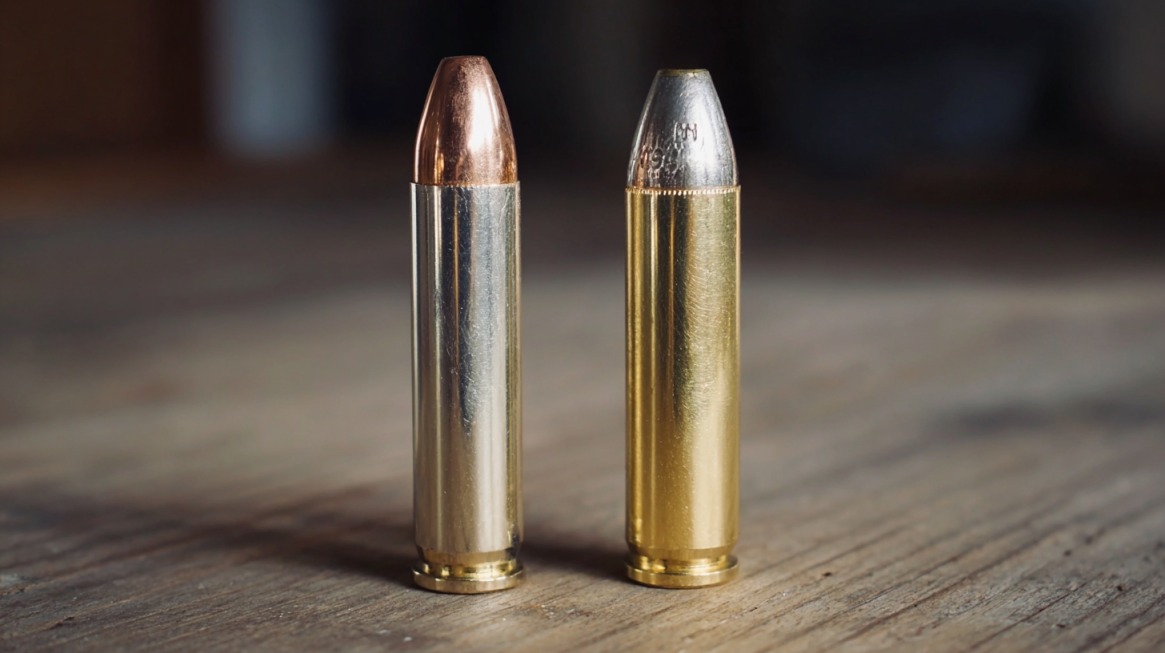
Velocity and Energy
Muzzle velocity can vary widely depending on bullet weight, powder charge, and barrel length. Factory loads usually clock between 1,150 and 1,500 feet per second.
Lighter projectiles produce higher speeds, while heavier bullets sacrifice some speed for greater momentum.
Energy output exceeds 900 foot-pounds in standard configurations. Specialized hunting loads often reach or surpass 1,200 foot-pounds, providing excellent penetration and stopping capability.
- Velocity range: 1,150 to 1,500 fps
- Energy output: 900 to 1,200+ foot-pounds
- Lighter loads: faster velocity, reduced recoil
- Heavier loads: better momentum, ideal for large game
Recoil
Recoil is substantial and should not be underestimated. Even basic factory loads deliver a firm punch. Hotter loads increase the recoil impulse dramatically, especially when fired from short-barreled revolvers.
Shorter barrels and lightweight frames intensify felt recoil. Shooters with less experience or lower recoil tolerance may find lighter loads labeled under .44 Rem Mag more manageable.
- Noticeable kick on every shot
- Heavier loads increase shooter fatigue
- Lightweight revolvers amplify felt recoil
- Best handled by trained or experienced users
Accuracy
Precision benefits from speed and trajectory. High-velocity loads tend to shoot flatter over longer distances, reducing the need for holdover. Longer barrels stabilize the bullet more effectively, and well-mounted optics help tighten groups.
Reloading offers accuracy benefits by allowing tailored combinations of powder, bullet, and seating depth. Careful selection of components contributes to consistent shot placement and reduced vertical spread.
- Flat trajectory improves long-range shooting
- Longer barrels increase stability and velocity
- Optics enhance aiming precision
- Custom handloads yield optimal performance
Practical Use Cases
Firearms chambered for .44 Magnum serve more than one purpose. Gun owners put them to use in the field and for personal protection.
Two key categories where this cartridge proves its worth are hunting and self-defense.
Hunting
Hunters often turn to the .44 Magnum when seeking a reliable revolver or carbine option for taking down medium-to-large game. Its combination of bullet weight, velocity, and deep-penetrating power makes it more than capable of ethically harvesting deer, hogs, and even elk under the right conditions.
Heavy bullet loads, ranging from 240 to 300 grains, are favored by those targeting larger animals. These loads retain momentum, punch through thick hide and bone, and deliver enough energy to ensure a clean kill.
In contrast, lighter loads labeled under “.44 Rem Mag” are ideal for smaller game or those who prefer reduced recoil.
These rounds may fire bullets between 180 and 200 grains, delivering manageable power and less shooter fatigue, which is especially important on long hunts or in cold-weather conditions.
- Ideal for: Deer, wild boar, elk
- Heavy loads: .44 Mag (240–300 grains)
- Lighter loads: .44 Rem Mag (180–200 grains)
- Platforms: Revolvers, lever-action rifles
- Recoil-sensitive shooters may prefer reduced-power loads
Self-Defense
Self-defense scenarios demand stopping power, and both .44 Mag and .44 Rem Mag deliver. At close range, few handgun calibers offer the same raw impact, which is why some outdoorsmen carry it in bear country.
Against threats like grizzlies or mountain lions, it remains a trusted companion.
For civilian defense in urban environments, it presents a few drawbacks. Recoil can be difficult to manage in high-stress moments.
Muzzle flash and report are intense, especially indoors. Over-penetration is another concern, as full-power loads can punch through walls and unintended targets.
Most users who carry it for self-defense are either highly trained or use specially selected loads with reduced velocity.
- High stopping power
- Recoil manageable only by experienced shooters
- Best suited for outdoor/bear defense rather than home defense
- Ammo selection critical for safe urban use
Ammunition Availability and Cost

Walk into any gun shop or browse online retailers, and both “.44 Mag” and “.44 Rem Mag” appear on boxes. These labels refer to the same cartridge, and manufacturers use them interchangeably based on branding or historical preference.
Boxes labeled “.44 Mag” are more common, especially in stores with limited shelf space. This shorthand makes it easier for consumers to identify at a glance, reducing confusion during fast-paced purchasing decisions.
Shooters should not worry about picking one over the other in terms of compatibility. Both will function identically in any firearm chambered for .44 Magnum.
Cost Comparison
Price varies based on brand, bullet type, and weight. Standard factory loads often fall between $1.00 and $1.75 per round. Boxes labeled “.44 Mag” tend to be slightly cheaper and more abundant, especially in bulk.
Hunting-grade or premium defensive loads push prices higher. Specialized bullets, such as bonded soft points or hard-cast lead, can cost well above standard pricing.
Buying in bulk or during seasonal promotions often reduces per-unit costs. Budget-conscious shooters may also find better prices through local gun shows or reloading suppliers.
Reloading Considerations
Reloading offers significant savings for frequent shooters. Once-fired brass from either label can be reused without issue, as there’s no physical difference between “.44 Mag” and “.44 Rem Mag” cases.
Handloaders have the flexibility to tune loads for various purposes, light plinking rounds, powerful hunting loads, or moderate defensive setups. Many seasoned revolver owners build their entire shooting habit around reloading this cartridge.
- Labels: “.44 Mag” more prevalent than “.44 Rem Mag”
- Price range: $1.00–$1.75 per round (higher for specialty loads)
- Reloading: Safe and economical; brass interchangeable
- Bulk and online buys offer cost savings
Summary
.44 Rem Mag and .44 Mag refer to the same powerhouse cartridge. No hidden differences exist. No secret incompatibility. Just two ways of naming a single round that has earned its reputation for strength, reliability, and performance.
Shooters making decisions based on name alone can rest easy. Any firearm labeled for .44 Magnum handles both types of box labels without issue.
- Power vs. Recoil: Hotter loads offer more impact but demand more control.
- Ammo Availability: Boxes marked “.44 Mag” are more common in most retail settings.
- Purpose: Heavy loads excel in hunting and bear defense, while lighter loads work for target shooting or recoil-sensitive users.
With its versatility and storied past, the .44 Magnum remains one of the most iconic handgun cartridges. Armed with clarity on the naming and capabilities, every gun owner can make confident, informed choices.
Related Posts:
- Mexico's Lawsuit Against U.S. Gun Makers Reaches the…
- How to Open a Gun Safe - A Complete Step-by-Step Guide
- ‘Top Gun’ Icon Tom Cruise Awarded Navy’s Highest…
- Gunshot Wound Care - What You Need to Know to Save a Life
- Is Ibiza Safe in 2025? What You Need to Know Before You Go
- Everything You Need to Know About Military Mental…

